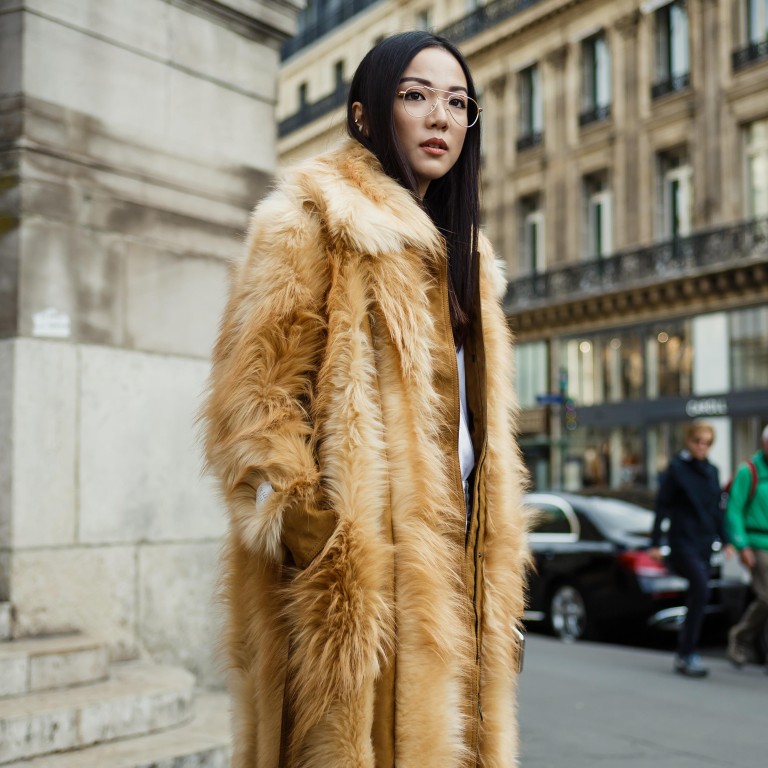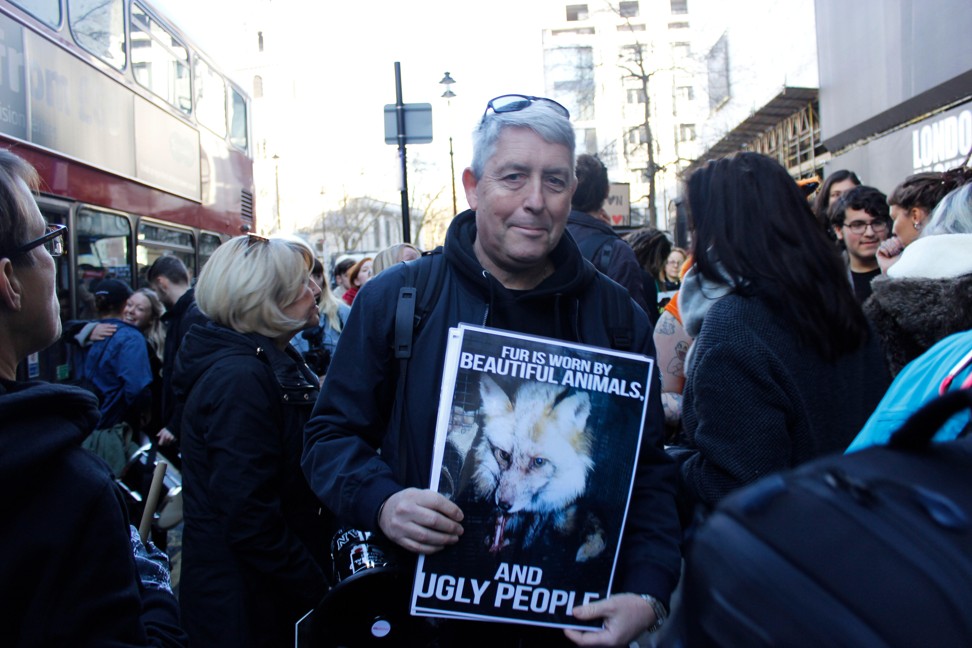
Real fur vs fake fur: which is worse, and do we really need either?
As more and more brands ban fur from their shelves, it seems faux fur – made from plastic – is gaining traction. But more plastic is the last thing our planet needs
When California’s fur banmade headlines last month, my first thought was, “Oh no! More fake fur!” Faux fur is made of plastic, and with worrying levels of microplastics found in our water, food and air, the last thing we need is a reason to produce more. But dead furry animals elicit a more emotional response than plastic-strangled oceans. So what constitutes truly ethical fashion?
California will halt the sale and manufacture of new fur products by 2023. Exemptions include leather, cowhide and shearling, as well as fur used for religious reasons, used fur and taxidermy. Dead cows, apparently, are fine. Dead chinchillas? Sheer barbarism! (Some would feel better if the rest of the animal were also used for, say, a nice stew. Others just blanched at the thought.)

My mother wore fur in the 1980s. I never liked the pet-like feel of it (or the extra padding it gives to my already padded, short body). I assumed it was a generational divide and that fur sales would go down. In fact, according to Euromonitor International, sales of fur clothing, accessories and home furnishings reached US$531 million in the United States alone last year, a 17-year high. And Americans are not even the biggest buyers in the world. Global sales reached US$30 billion in 2017, with the big spenders in China, Russia and Europe.
One alternative is used, second-hand or vintage fur. However, it brings us back to a fundamental question we need to ask about anything we buy: what’s the source? Vintage clothing rarely tells us where or how it was made and, in the case of fur, it sometimes doesn’t even tell you what type of animal it was made from. Would you know, for example, the difference between a sheepskin and an astrakhan? The latter is made from the fleece of a fetal or newborn lamb.
Enter faux fur. Most, not all, is composed of non-biodegradable forms of plastic, such as polyester and acrylic. If last autumn/winter’s teddy coat isn’t fluffy enough to remain in favour this season, will it just be dumped and left to leach into our environment? Playing the devil’s advocate, a natural fur coat could be restyled and reused each season, then passed down through the generations. If it were ever thrown into a landfill, not that any clothing should ever be, it would biodegrade.
Stella McCartney has never used fur since launching her label in 2001, and the designer continues to innovate. She collaborated with Parley for the Oceans and Adidas to make trainers from ocean waste. More recently, she developed a plant-based faux fur composed of corn and recycled polyester.
You’ll know it’s a good fake when members of the People for the Ethical Treatment of Animals throw red paint at you.

